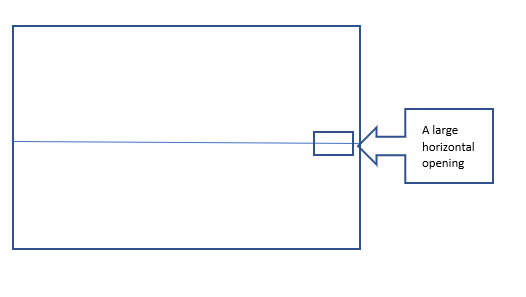How to define a pretty high thermal zone?
Hello!
I'm modelling a large atrium with natural ventilation to test the cooling effects of the natural ventilation.
For this atrium, to prevent the smoke spreading in fire, it sets a floor in the middle and connects upper part with lower part by some large horizontal openings. As shown in the picture.

For this problem, as the I/O reference mentioned, it cannot use the airflow network, because it cannot calculate the temperature stratification. So, it needs to use a Roomair:node: airflowNetwork. However,there is a confusion.
How can I define this space? If I define this atrium as a single zone and use Roomair:node to simulate temperature stratification, it will ignore the effects of floor slab in middle. But If I define it as two zones, as mentioned in the reference, it cannot calculate buoyant effects between these two zones correctly. Any suggestions are very helpful.




